
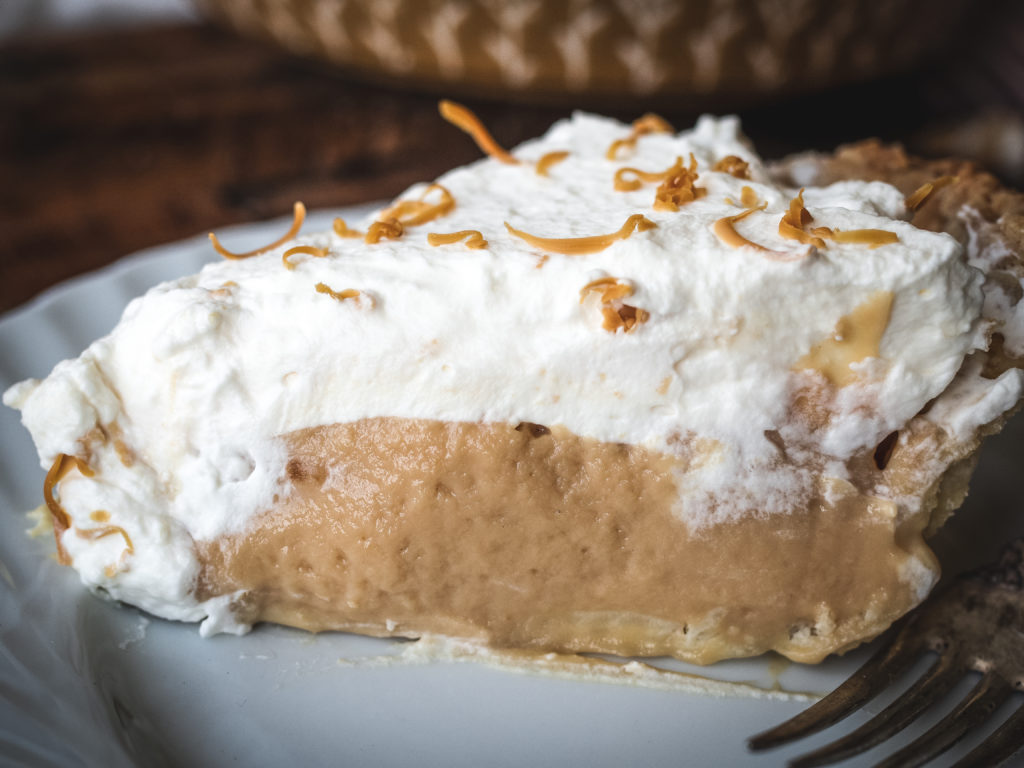
This post is made in partnership with TINE.
I dug into my American roots for this month’s featured Brunost recipe: Brunost Cream Pie (brunostkrem-pai). To me, a slice of cold cream pie in a flaky crust with enough whipped cream on top to make you feel like you’re indulging in the clouds above is a wonderful summer treat. The classics range from coconut and lemon to banana, chocolate, peanut butter and more. There is so much flexibility when it comes to cream pie because you can add different flavors to the essential base ingredient: custard.
Brunost, with its rich and tangy, somewhat salty and somewhat sweet, caramel-like flavor makes it ideal as a custard. Brunost also ties heavily into the very essence of a cream pie, which is to say that cream pies were a delicious and resourceful way to use the abundance of eggs and dairy found on many family farms.
The origins of Brunost trace back to the Norwegian summer farm, seter/sæter. The seter is a mountain farm used during the summer season; a settlement of buildings which emerged to utilize grazing areas that were not suitable for year-round habitation. The animals would be brought to the seter to graze freely, with an emphasis on milk production from cows and goats. As this was the high time for milk, women working on the seter would make an array of dairy products including butter, sour cream, and, of course, cheeses. Brunost was developed as by-product of cheesemaking where the leftover whey was cooked down until it caramelized. When enough moisture had evaporated, the caramelized mass was placed in a form and left to solidify.
While variations of “whey cheese” were already being produced as far back as anyone can guess and first written about in the 14th century, it was Anne Hov’s Brunost recipe developed in the summer of 1863 that struck a chord and turned it into a commercial success that would make it one of Norway’s most beloved food products. Her addition of cream into the whey created a rich and creamy version that eventually became Norway’s national cheese and a symbol of national pride.
Therefore, serving a cream pie in the summer is befitting of the natural season for milk and dairy products. Serving one with Brunost is a wonderful nod to Norway and the summer farm.
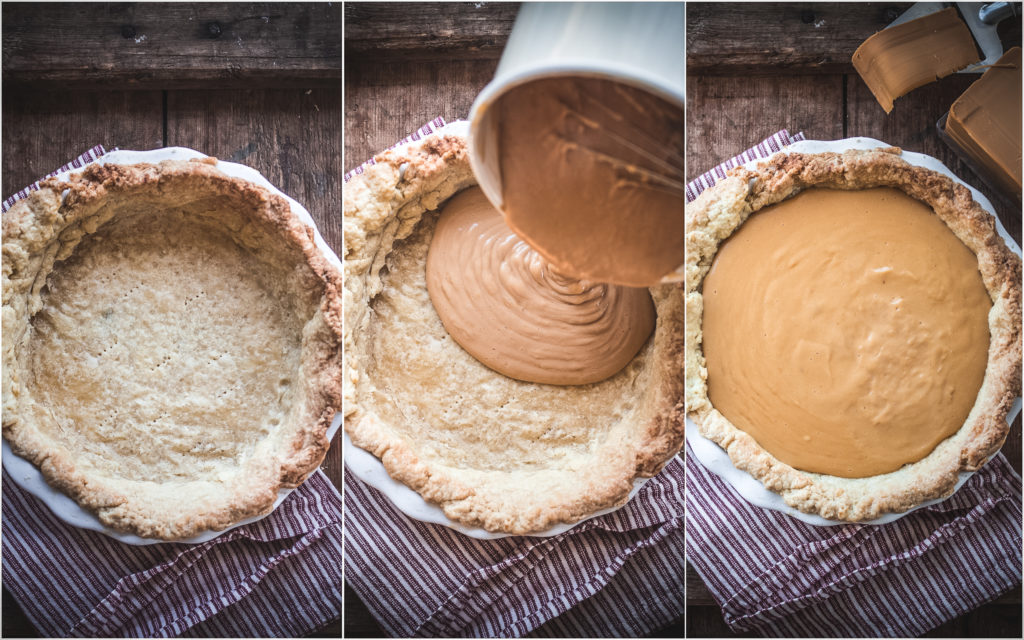
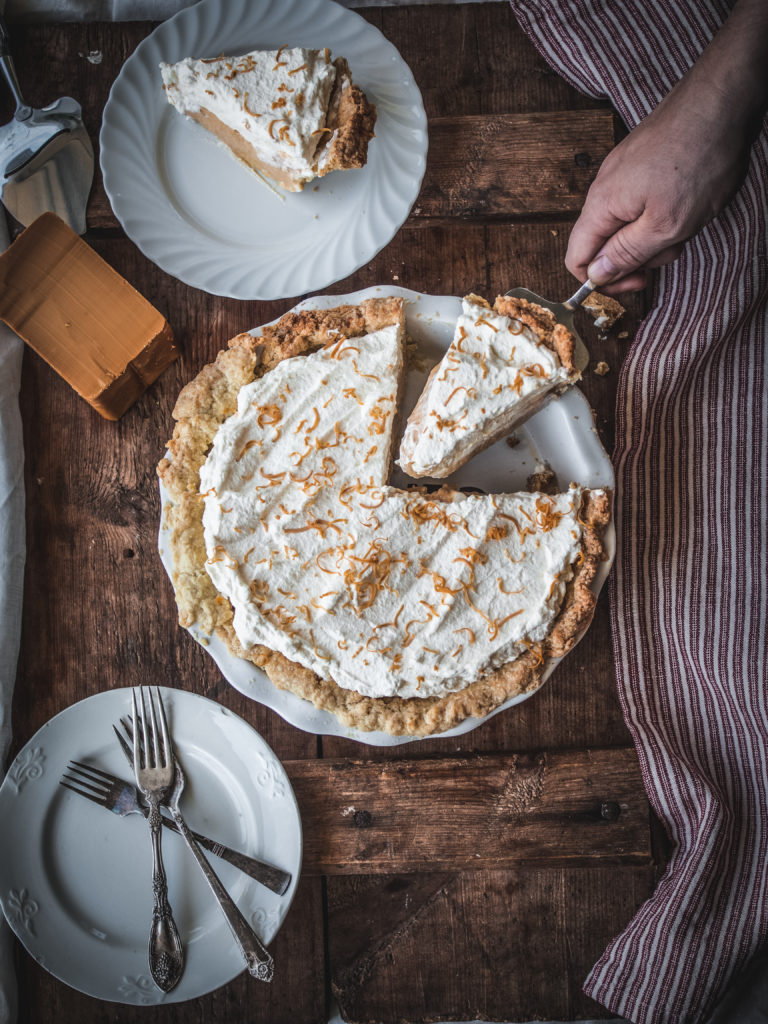
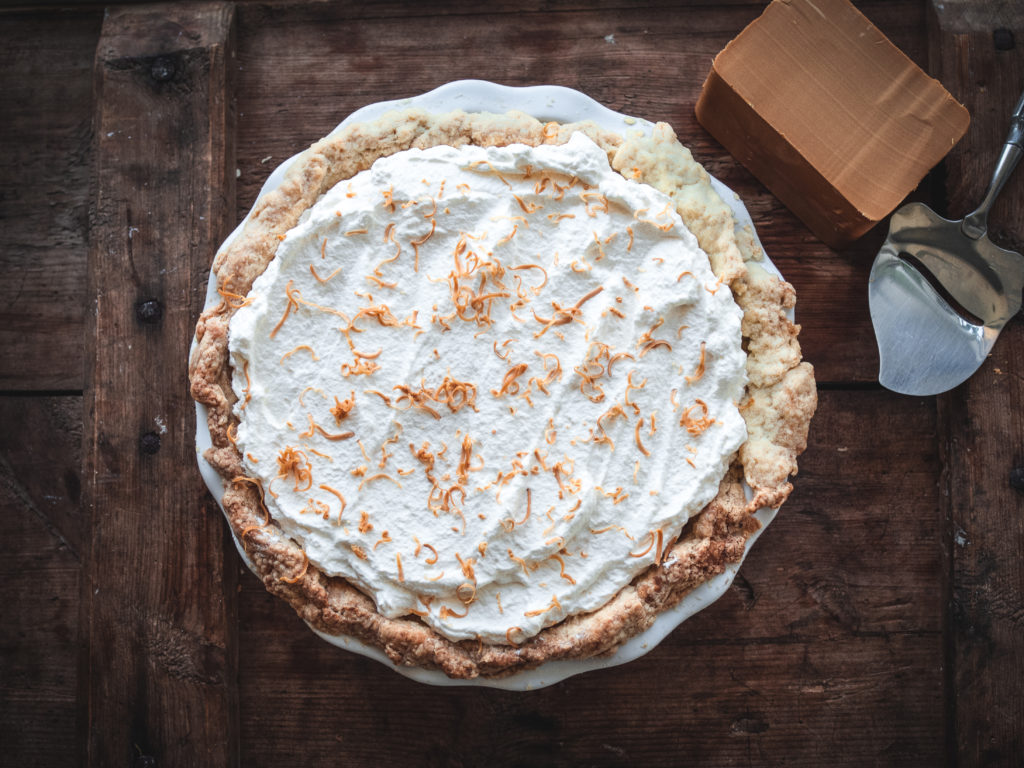

You can prepare this pie a day or two in advance. It has a subtle brown cheese flavor with hints of caramel that pairs so wonderfully with the buttery crust and whipped cream. It’s a standout dessert and one I hope will become a favorite of yours as well.
Brunost Cream Pie (brunostkrem-pai)
*Makes one 9-inch / 23 cm pie
For the pie crust:
- 2 ½ cups (300 g) all-purpose flour
- 1 ½ tablespoons granulated sugar
- ½ teaspoon sea salt
- 1 cup (224 g) cold butter, cut into small cubes
- 4 tablespoons ice water, plus more as needed
For the Brunost filling:
- 4 large egg yolks
- ¾ cup (150 g) granulated sugar
- 4 tablespoons cornstarch
- 3 cups (720 ml) whole milk
- 1 vanilla bean or 1 teaspoon vanilla extract
- 5.3 ounces (150 g) Ski Queen®/Gudbrandsdalen, sliced or grated
For the whipped cream:
- 2 cups (480 ml) heavy cream
- 2 tablespoons confectioners’ sugar
To make the pie crust, combine the flour, sugar and sea salt together in a large, wide bowl. Cut in the cold butter with a pastry cutter or knife. Gradually add in the cold water, adding a little more if necessary, until the dough comes together. Shape the dough into a disc and cover with plastic wrap. Refrigerate for at least 30 minutes. (You can make 2 pie crusts out of the recipe, but I prefer having more dough to work with for a thicker crust with edges that won’t shrink into the pie as it bakes. Feel free to divide the dough in half, cover in plastic wrap, and freeze one for a later use.)
Lightly grease a 9-inch (23 cm) pie dish.
On a lightly floured surface, roll out the dough larger than the pie dish. Carefully place the dough in the pie dish with the excess hanging over the sides. Using a small sharp knife, trim the dough to equal about a 1-inch (2.54 cm) overhang then fold it under and crimp the edges with your fingers. Chill the prepared pie crust in the refrigerator for 30 minutes.
Preheat the oven to 400°F (200°C).
To blind bake the crust, prick the bottom with a fork, then line with parchment paper and add baking weights on top. Bake for 30 minutes or until golden and cooked through. Remove the baking weights and parchment paper and let cool to room temperature.
Prepare the Brunost custard by whisking the egg yolks and sugar together in a large bowl then adding in the cornstarch. In a small saucepan, warm the milk and scraped vanilla beans or vanilla extract over low heat just before it begins to simmer. Steadily and slowly, pour a little of the warm milk into the sugar mixture, whisking constantly to avoid any curdling of the eggs, until you have added all the milk. Pour the mixture back into the saucepan, add the slices of Brunost and cook over medium heat until the Brunost has melted and the custard has thickened considerably, about 5 to 8 minutes. Pour the warm custard into the cooled, baked pie crust. Smooth the top with a spatula and cover with plastic wrap, pressing down gently to prevent a crust from forming. Chill in the refrigerator for at least 4 hours to set.
When ready to serve, prepare the whipped cream. In a large bowl, or the stand mixer, whip the heavy cream and confectioners’ sugar until stiff peaks form. Cover the pie with the whipped cream, either by spreading it with a spatula or with a piping bag for a more decorative look.
Sprinkle with finely grated Brunost on top and serve chilled.
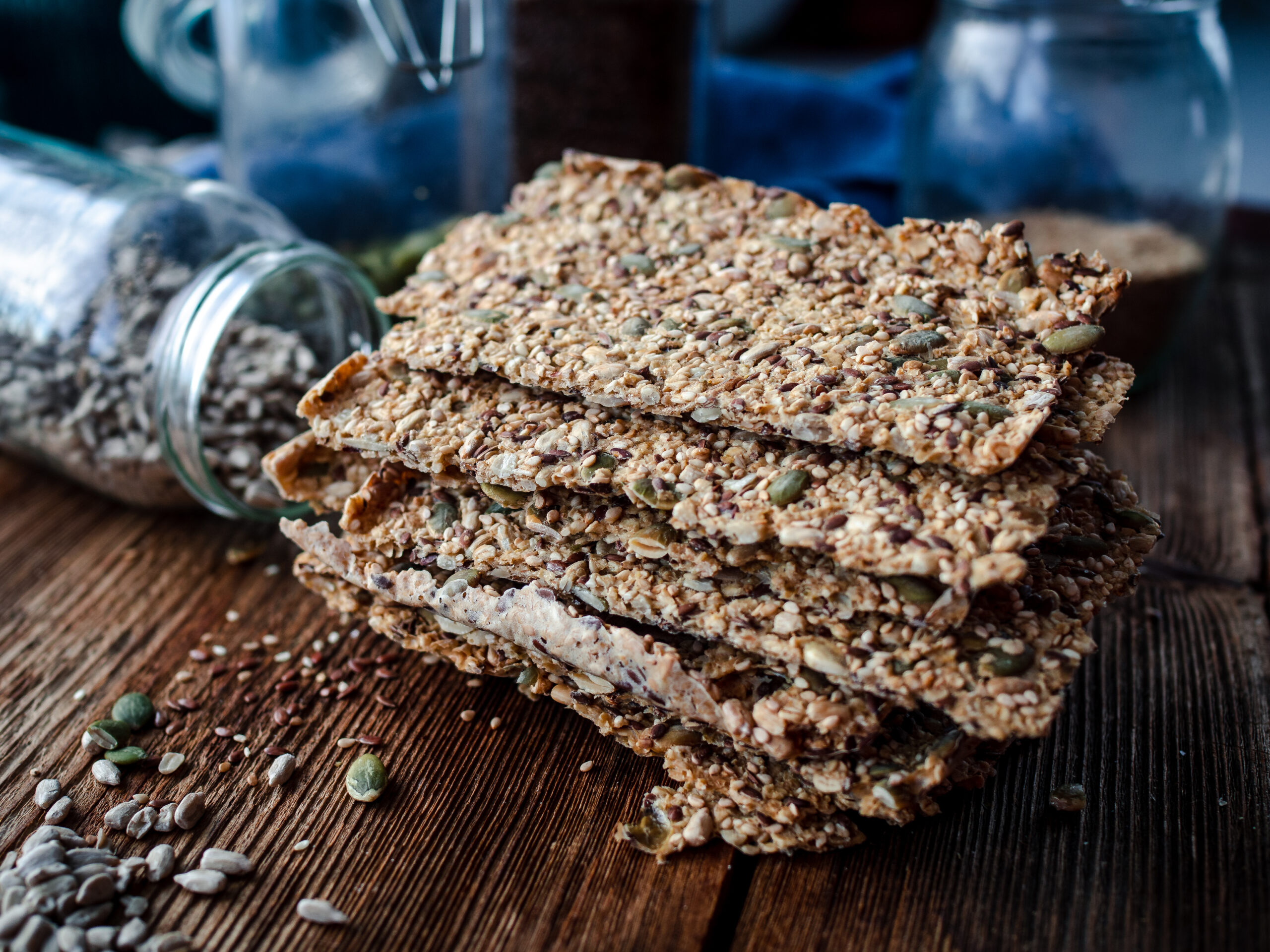
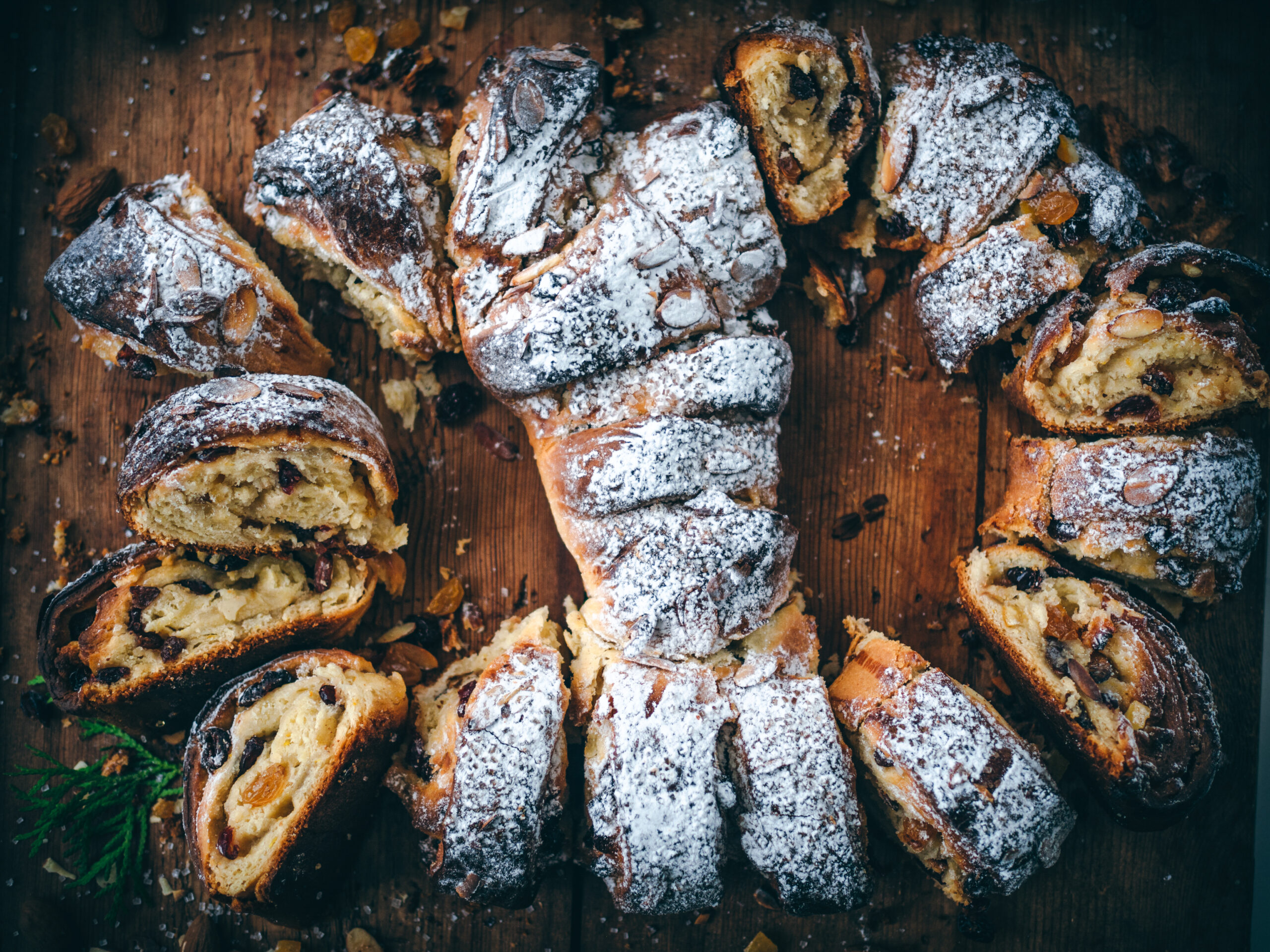
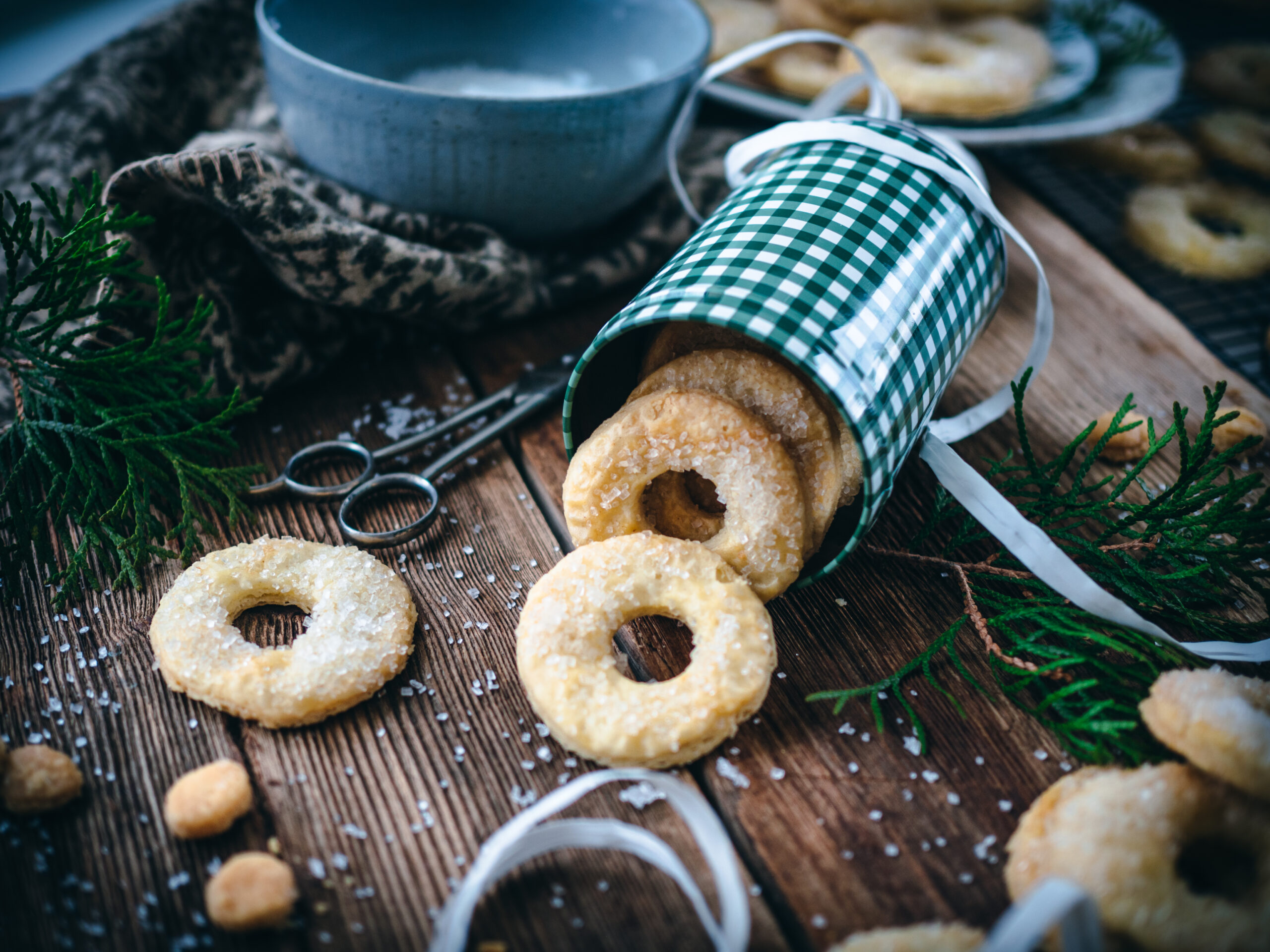
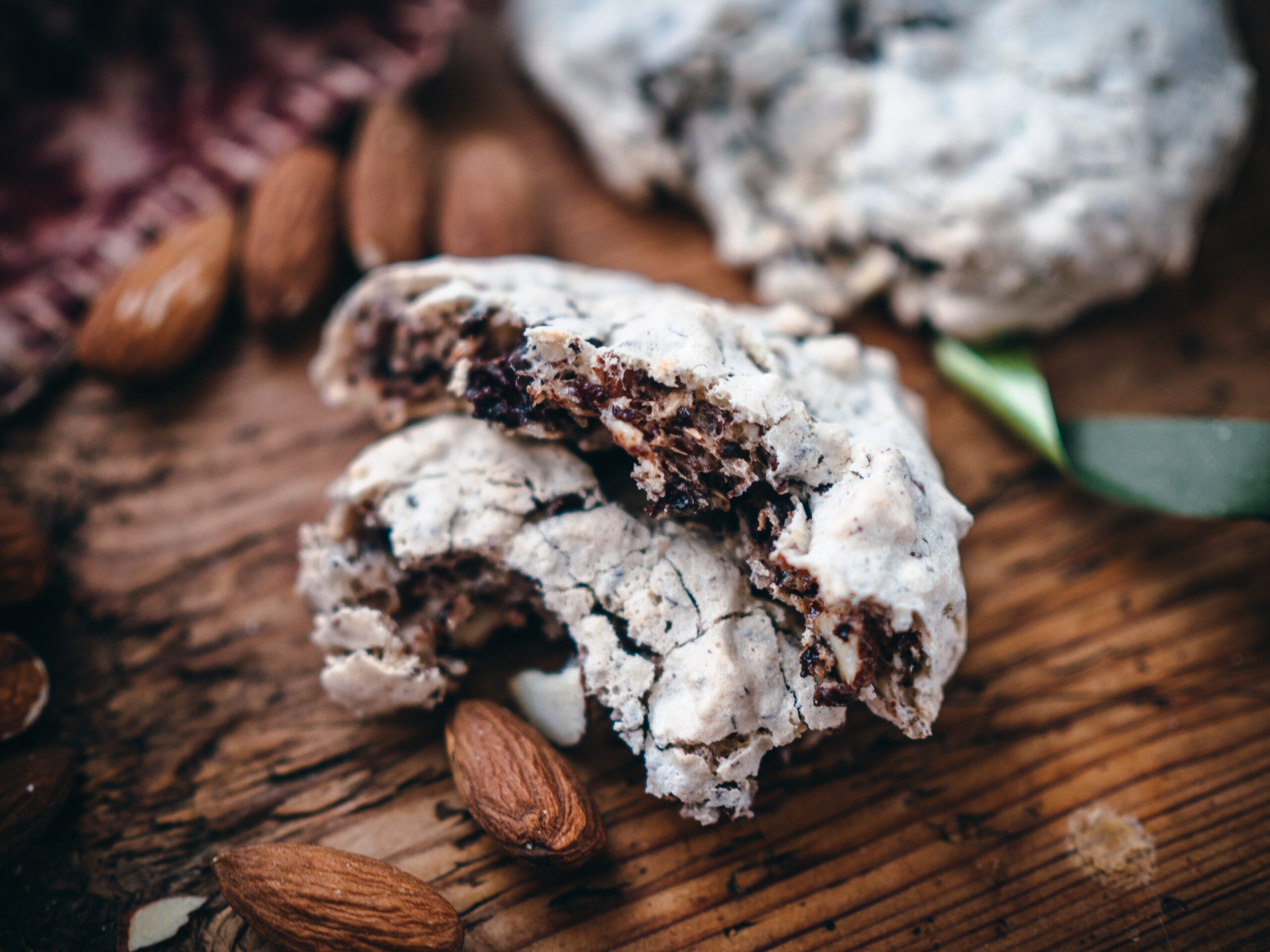

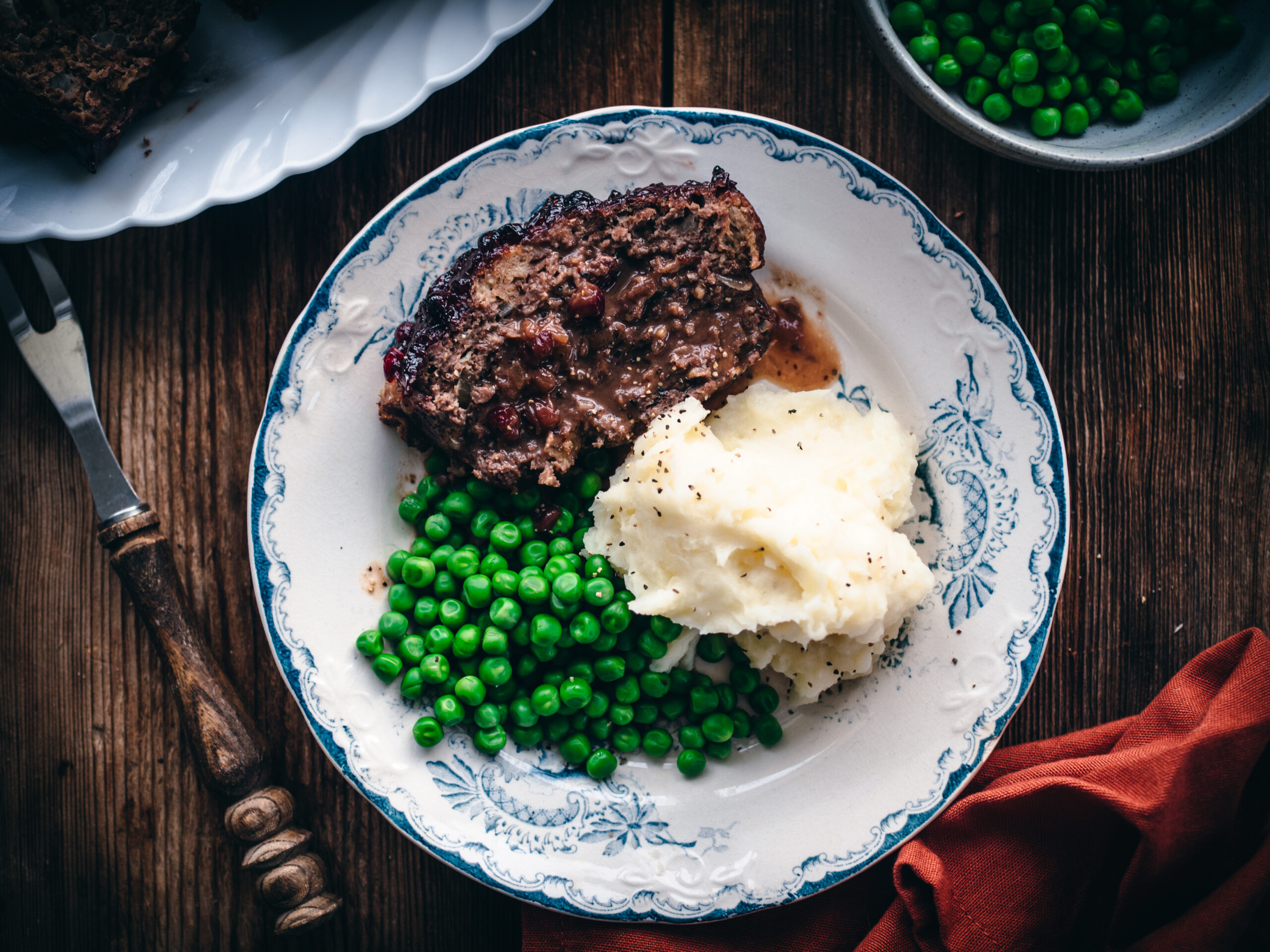
Add a comment